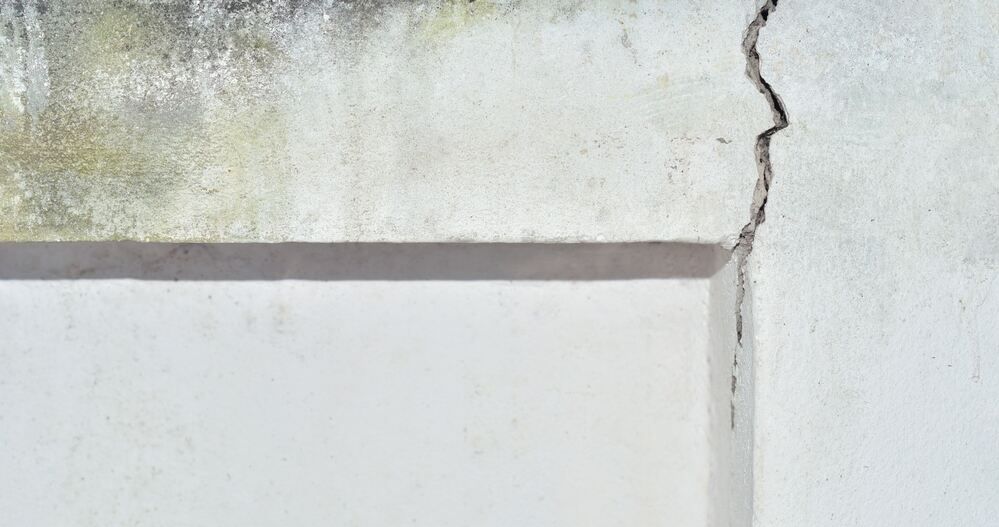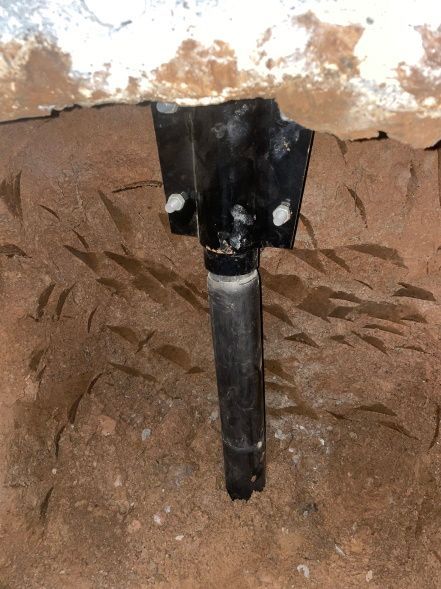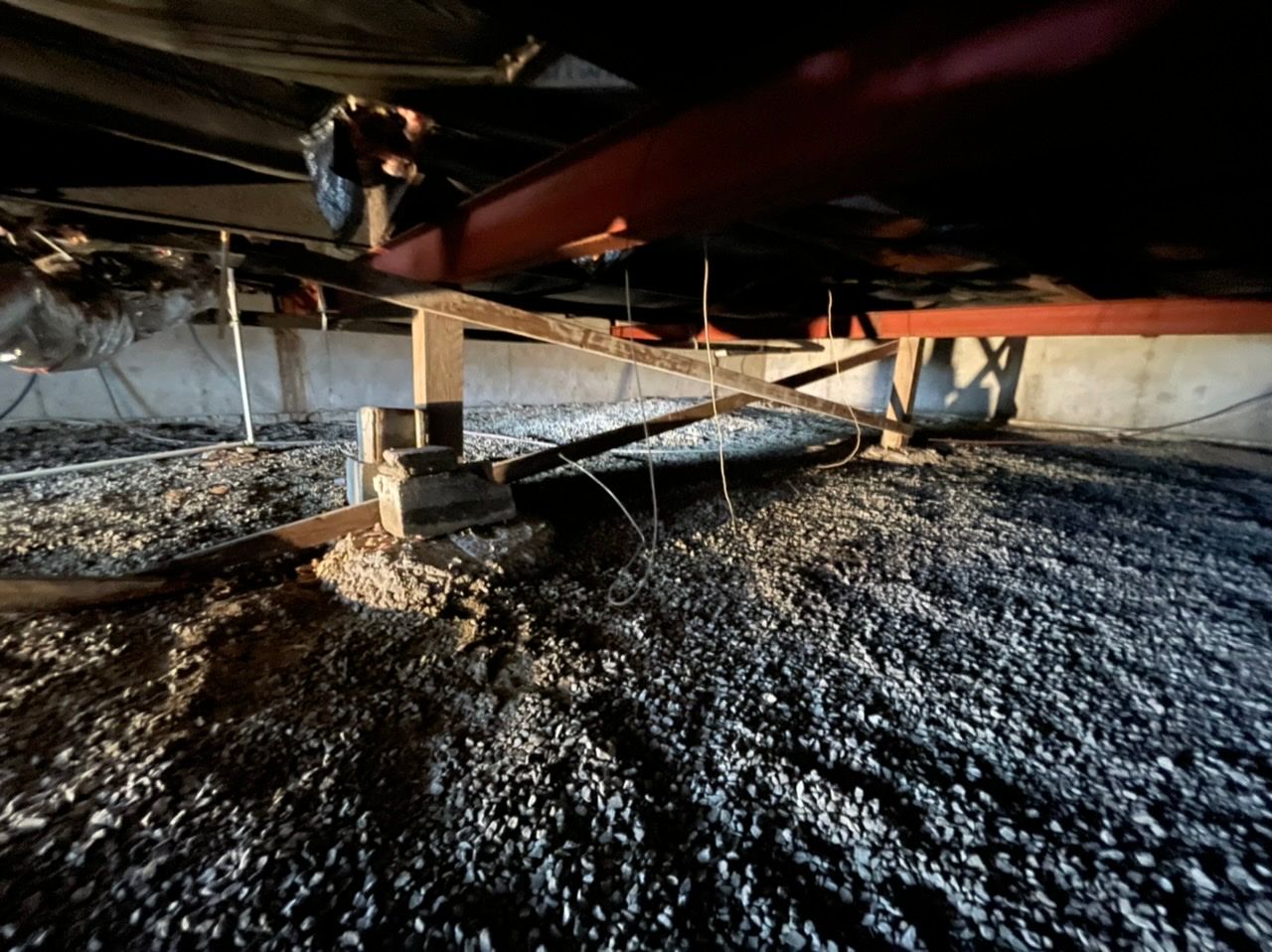Concrete Foundation Crack Fixes: A Homeowner's Quick Guide

The concrete foundation of your home is the most important structural element because the whole house is supported by it. It is literally, and figuratively, the foundation that holds your home and family up safely and securely. If the foundation is weak or has any problems, no matter how perfect the whole house is, it can eventually collapse. And one of the major signs that your foundation is facing any problems is the presence of visible cracks in the foundation walls.
That’s why, as a homeowner, you must know A to Z about the concrete foundation cracks and other aspects regarding this problem to prevent and mitigate the foundational crack-related problems. Let’s dig in for details.
Different Types of Foundational Cracks
This article, Concrete Foundation Crack Fixes: A Homeowner's Quick Guide, will address 5 main categories of foundation cracks. They are:
Vertical Cracks
If soil movement affects the groundwater pressure, it also affects the foundation walls in that area and causes vertical cracks in the concrete.
Normally, any vertical crack in the foundation that isn't too wide poses no threat. No matter how long the splits are, if the vertical fracture is thin, it’s not that dangerous. But if those thin cracks start to widen, it can become serious. To be specific, if you can insert a coin through that fracture easily, if it leaks water, or if it has wall bowings, contact professionals immediately.
Horizontal Cracks
Horizontal cracks are usually formed due to poor drainage, excessive dampness, soil shifting, soil pressure, or intense temperature changes in the soil. These cracks are normally the most dangerous types of cracks, no matter how wide, deep, or long the splits are, and which is why they require instant repairs. Especially, call the professionals as soon as you see cracks in the bowing walls.
Diagonal Cracks
Diagonal cracks are usually formed due to different kinds of changes in soil conditions that result in the settlement of the substructure or foundation. When this settlement occurs, it usually causes the foundation walls to crack diagonally. The settlement itself is dangerous, and diagonal cracks pose threats too. That’s why, along with the repair of the cracks, we should solve the settlement issue too.
Stair-Step Cracks
There is another type of crack that can be formed due to the foundation settlement along with the diagonal cracks. This type of crack is almost shaped like the staircase outline or the stair steps, and that’s why they are called stair-steps cracks.
Usually, the stair-step cracks are found in the mortar part of the concrete foundation blocks. These cracks are less serious than the horizontal cracks, but if they start to widen further, let a professional inspect and assess the situation as soon as possible.
Hairline Cracks
As the name suggests, the hairline cracks are just like human hair, very thin and long. Usually, in new foundations, the concrete can dry out within a few weeks of installation and form these thin cracks.
These cracks are harmless at first, but you can easily solve them with proper curing of the concrete. But if you don’t solve the issue in time, the cracks can get wider as the day passes and cause water seepage from them.
Repair Methods for Concrete Foundational Cracks
To prevent and repair the concrete foundational cracks, you can take several steps and follow some methods. They are:
- You can repair any non-structural or small foundation crack with an epoxy sealer, concrete, or any waterproof material by spreading it along the crack using injection ports.
- For structural and bigger cracks, you need to consult professionals for the exact methods, like house leveling or bowing walls, depending on the severity of the case.
- Foundation jacking can be done to deal with soil settlement and may require concrete lifting.
- You need to waterproof the basement and repair the crawl space to make sure the surrounding foundations are better.
- Document and photograph every crack and problem related to the foundation to make preventive plans before anything big can happen and to take proper measures according to the report.
DIY vs. Professional Repair
DIY repairs are usually more cost-effective, have flexible timing and pace, provide valuable learning experiences to the general public, and are well-suited for simple or small jobs. On the other hand, professional repairs have expert skills, knowledge, and experience, are more efficient, ensure more safety, and provide warranty and guarantee for their work. If you have a reputable foundation repair company near you, reach out for a free estimate. Many offer warranty options that will provide a sense of relief and peace.
Depending on their strengths and weaknesses, DIY repair is better to adopt when you need to repair small, insignificant tasks like just sealing the small cracks. It’s because even if you can’t do this work with 100% perfection, it won’t be harmful. However, for bigger, more complex and more dangerous projects, professional repairs are a must. This article, 5 Important Questions to Ask Your Foundation Repair Contractor, may be helpful when determining your next steps.
Cost of Fixing Your Foundation
There can be several types of foundational cracks, and there are several repair methods. And their cost can be different depending on the methods and the severity of the problems.
In the case of basement piering or underpinning, the cost can vary per pier. It's important to understand the reasons why the foundation repair company is suggesting the amount of piers, and the location for each.
Since most of the reasons why foundation cracks are happening are natural or environmental problems, make sure to inspect and check all the issues regarding the foundation on a daily basis. Ensure the maintenance is happening properly, and whenever you face any problem, seek advice from the professionals immediately to resolve the issues more easily.




